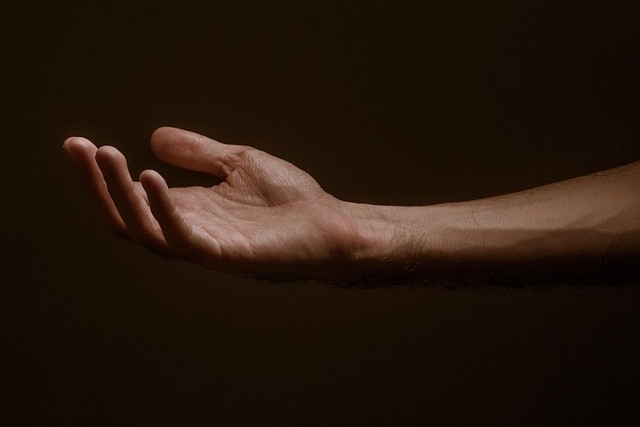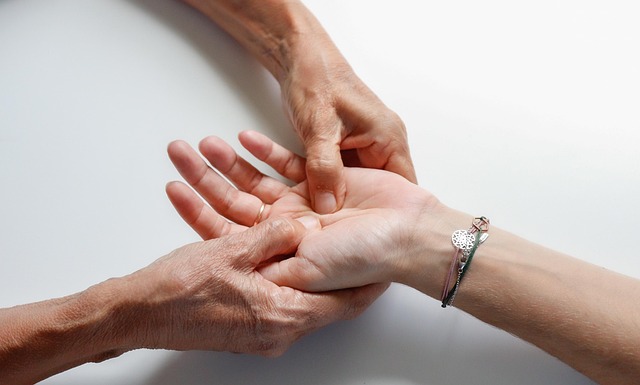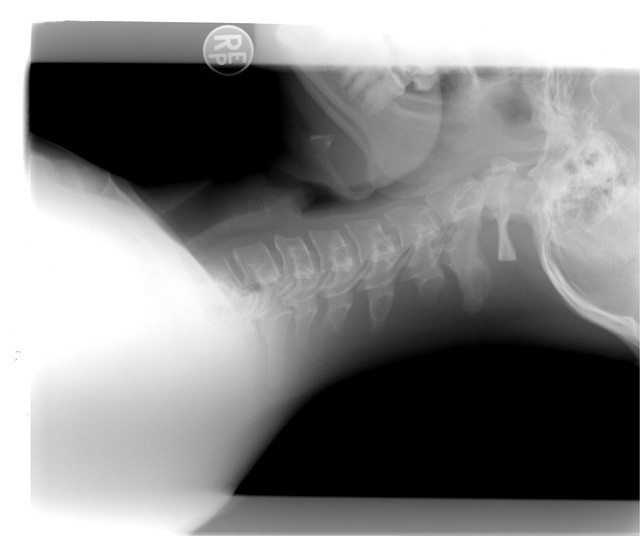Chronic mechanical neck pain is a prevalent musculoskeletal condition that affects a significant portion of the population. It is often accompanied by postural instability, which can lead to a higher risk of falls and decreased quality of life. One of the treatment options for neck pain is spinal manipulation, which is commonly used by chiropractors, physical therapists, and osteopaths. However, the efficacy of spinal manipulation on postural sway in patients with chronic mechanical neck pain is still a matter of debate.
Rey et al. (2022) conducted a study to compare the efficacy of spinal manipulation of the upper cervical spine (C1-C2) with a combination of cervical (C3-C4), cervicothoracic (C7-T1), and thoracic spine (T5-T6) thrust joint manipulation on postural sway in patients with chronic mechanical neck pain. The study was a randomized controlled trial that involved individuals with chronic mechanical neck pain. The participants were randomized to receive either upper cervical spine manipulation or a combination of cervical, cervicothoracic, and thoracic spine thrust joint manipulation.
A total of 186 participants were randomly assigned to receive either an upper cervical spine manipulation or three different spinal manipulation techniques applied to the cervical spine, cervicothoracic joint, and thoracic spine. The stabilometric parameters were assessed using the Medicapteurs S-Plate platform. The primary outcome measure was the length of the center of pressure path, and the secondary outcome measure was neck pain using the Numeric Pain Rating Scale.
The results of the study showed that both interventions were equally effective in reducing neck pain after fifteen days. However, the application of upper cervical thrust joint manipulation was more effective in improving stabilometric parameters in patients with chronic mechanical neck pain. There was a decrease in the length of the center of pressure path, average speed, medio-lateral, and antero-posterior displacement with statistically significant results (p < 0.05) in the upper cervical manipulation group.
The study provides evidence that upper cervical spine manipulation is more effective in improving postural sway in patients with chronic mechanical neck pain compared to the combination of cervical, cervicothoracic, and thoracic spine thrust joint manipulation. This finding supports the notion that specific spinal manipulation techniques may have different effects on postural sway in patients with neck pain. The study also shows that spinal manipulation is an effective treatment option for neck pain, regardless of the technique used.
Patients who suffer from neck pain exhibit increased postural sway than asymptomatic subjects. Spinal manipulation treatment on the upper cervical spine improves postural stability parameters, which can lead to improved balance and decreased risk of falls. Both spinal manipulation treatments applied in this study are equally effective in reducing neck pain, indicating that either technique can be used in the management of neck pain.
In conclusion, this study demonstrates that upper cervical spine manipulation is more effective in improving postural sway in patients with chronic mechanical neck pain compared to a combination of cervical, cervicothoracic, and thoracic spine thrust joint manipulation. Spinal manipulation is an effective treatment option for neck pain, and the choice of technique should be based on individual patient characteristics and preferences. Further research is needed to investigate the long-term effects of spinal manipulation on postural sway and neck pain in patients with chronic mechanical neck pain.
Reference: Romero Del Rey R, Saavedra Hernández M, Rodríguez Blanco C, Palomeque Del Cerro L, Alarcón Rodríguez R. Short-term effects of spinal thrust joint manipulation on postural sway in patients with chronic mechanical neck pain: a randomized controlled trial. Disabil Rehabil. 2022 Apr;44(8):1227-1233. doi: 10.1080/09638288.2020.1798517. Epub 2020 Jul 30. PMID: 32730089.


